Positive Aging: The Art of Aging - Part I
For four decades, I was lucky enough to be a professional book critic. Sometimes my reviews would appear in The Wall Street Journal; sometimes they would show up in The Sunday Times; and frequently they would be in large American local newspapers -- from Los Angeles to Seattle to Dallas to Miami -- that regularly included "book pages" as part of their regular format.
Sadly, newspapers appear to be dwindling these days, and the only major American Sunday book review section that has survived is in The New York Times. But for me, old habits die hard, and when I come across a volume that deserves recognition, I automatically want to spread the good news. So today's column (as well as next week's) will be devoted to a wonderful book that was published 15 years ago but still deserves to be appreciated by anyone old enough to be a member of AARP.
"The Art of Aging: A Doctor's Prescription for Well-Being" was written by the late Dr. Sherwin B. Nuland, who was a clinical professor of surgery at Yale. Fortunately for us, Nuland (who died in 2014 at the age of 83) had the ability to impart important information and sage advice without ever sounding condescending or superior. Spending time with his prose is the closest thing to having an erudite avuncular neighbor who only wants the best for you. And when it comes to growing older, he urged everyone to accept the realities of the passing years not with the standard "kicking and screaming protest" but with as much grace and gratitude as possible.
In his words, "on the one hand, we recognize that age is ever increasing its effects on us and now requires not only acceptance but a gradually changing way of thinking about ourselves and the years to come; on the other, some narcissistic genie within us cannot give up clinging to bits of the fantasy that we can still call on vast wellsprings of that selfsame undiminished youth to whose ebbing our better selves are trying to become reconciled."
Unlike some authors who try to portray aging as a mere uncomplicated continuation of life as we know it, Nuland readily acknowledged that a variety of difficult issues can stealthily accumulate as we age. Our challenge is to find techniques and ways to work around the barriers -- real or imagined -- while clinging to the parts of life that either have not been diminished or have actually improved. When it comes to the latter, our enhanced ability to fully treasure those we love will probably take first place.
Here is one of my favorite paragraphs from this charming and comforting book: "We live in the biochemistry of our bodies, and not in years; we live in the interaction between that biochemistry and its greatest product -- the human mind -- and not in a series of decades marked by periodic lurches of change. Each of us exists therefore in a physical, mental, spiritual, and social individuality molded by everything that has come before and that is now brought to this moment of our lives. Each of us is the product of a cavalcade of living, whose sum is in every encounter in which we partake. Each of us is his or her own cohort. No number can define us as middle-aged, or elderly, or the oldest old. We can be defined only by what we have become. Whatever else aging may represent to us, it is first and foremost a state of mind."
========
Marilyn Murray Willison has had a varied career as a six-time nonfiction author, columnist, motivational speaker and journalist in both the U.K. and the U.S. She is the author of The Self-Empowered Woman blog and the award-winning memoir "One Woman, Four Decades, Eight Wishes." She can be reached at www.marilynwillison.com. To find out more about Marilyn and read her past columns, please visit the Creators Syndicate webpage at www.creators.com.
Copyright 2025 Creators Syndicate Inc.
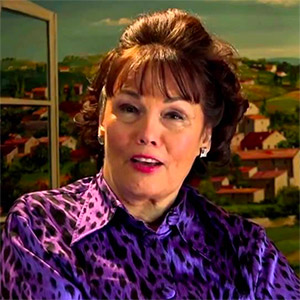
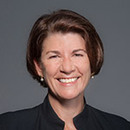
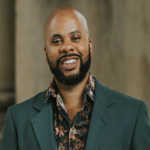
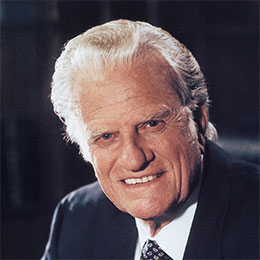

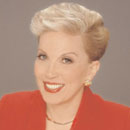
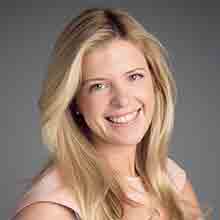
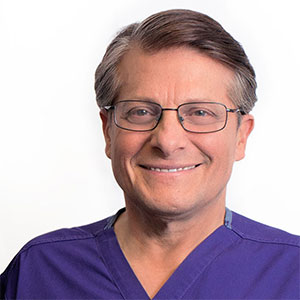
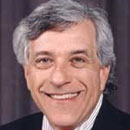
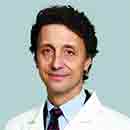
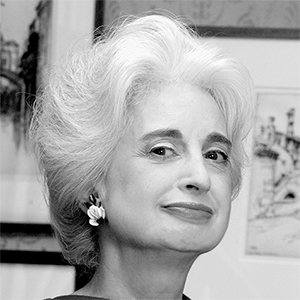
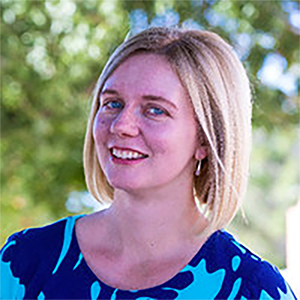
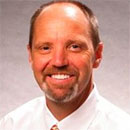
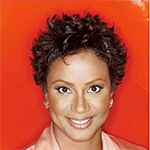
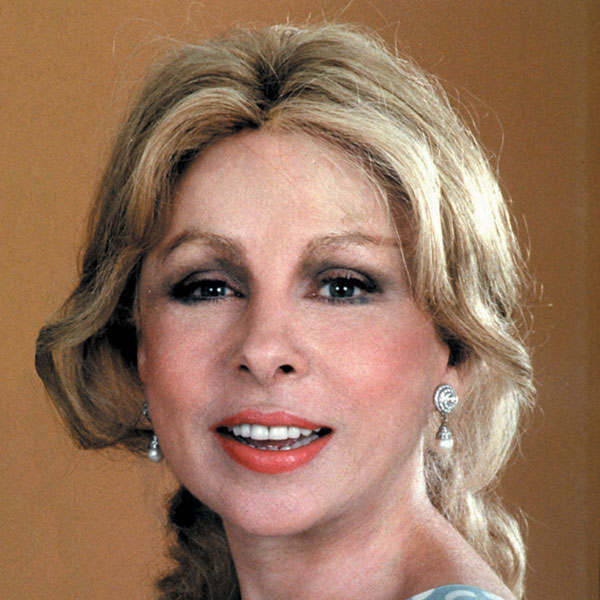
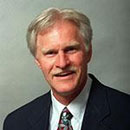
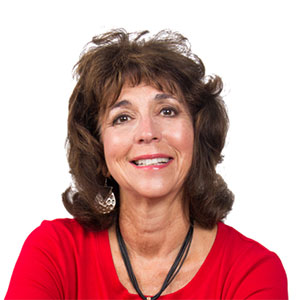

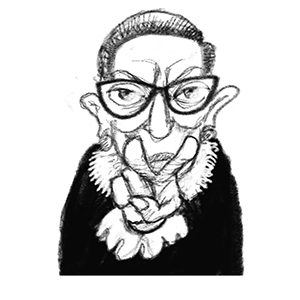
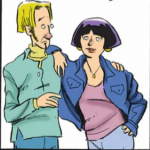
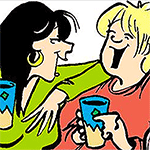


Comments